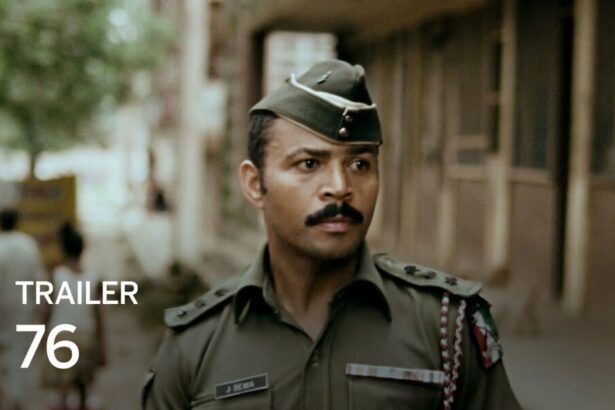Can you recall how Ehi and Peju looked so scruffy in “Òlòtūré: The Journey” that made you wonder if a comb was non-existent in their part of the world? It turns out that Sharon Ooja and Beverly Osu spent the entire duration of filming in Mauritania without combing their hair. This gave them an authentic unkempt look and not one done by a makeup artist.
Four years after the release of “Òlòtūré” on Netflix, EbonyLife Films brings us “Òlòtūré: The Journey,” the sequel to the story of Oloture, a young Nigerian journalist who infiltrated the dark world of prostitution and human trafficking.
In the first part, Oloture exposed a tangled web of violence, corruption, and exploitation. Though trapped, her investigation was far from over.
Set in Lagos, Òlòturé highlights the recruitment of sex workers for overseas exploitation. The film’s intense storytelling and social commentary have sparked important conversations. Now, Mo Abudu, the film’s executive producer, shares some behind-the-scenes secrets from the making of the sequel.
For starters, it took two years to complete “Òlòtūré: The Journey,” unsurprising, considering the film’s depth. While the average movie runtime is between 80 and 120 minutes, the unseen effort behind film production is immense. As the saying goes, good things take time.
The film brings us to two African countries: Nigeria (Lagos) and Mauritania. Human trafficking is a national concern in Nigeria, with Lagos identified as a major transit and destination point according to data from the National Agency for the Prohibition of Trafficking in Persons (NAPTIP). Meanwhile, Mauritania grapples with its human trafficking issues, serving as a source, transit, and destination for victims. The country has emerged as an important transit zone for human smuggling, with migrants from West Africa seeking to reach Europe.
The official language in Mauritania is Arabic, while Fula, Soninke, and Wolof are recognised as national languages. How did the cast and crew communicate with the locals? Enter Google Translate.
For the tanker shoot as seen at the end of the third episode, Mo Abudu revealed the scene was shot inside a real tanker.
Mo Abudu reveals that the tense tanker scene at the end of episode three was filmed inside a real tanker. While there was a heavy downpour in the scene where the tank exploded in episode one, the rain had nothing on the cast and crew, and production continued.
No film production is complete without some lighthearted moments. To maintain high spirits during filming in Mauritania, the cast and crew had a fun 100-meter race. We wonder who won the race.
See some behind-the-scenes photos from the sequel:






